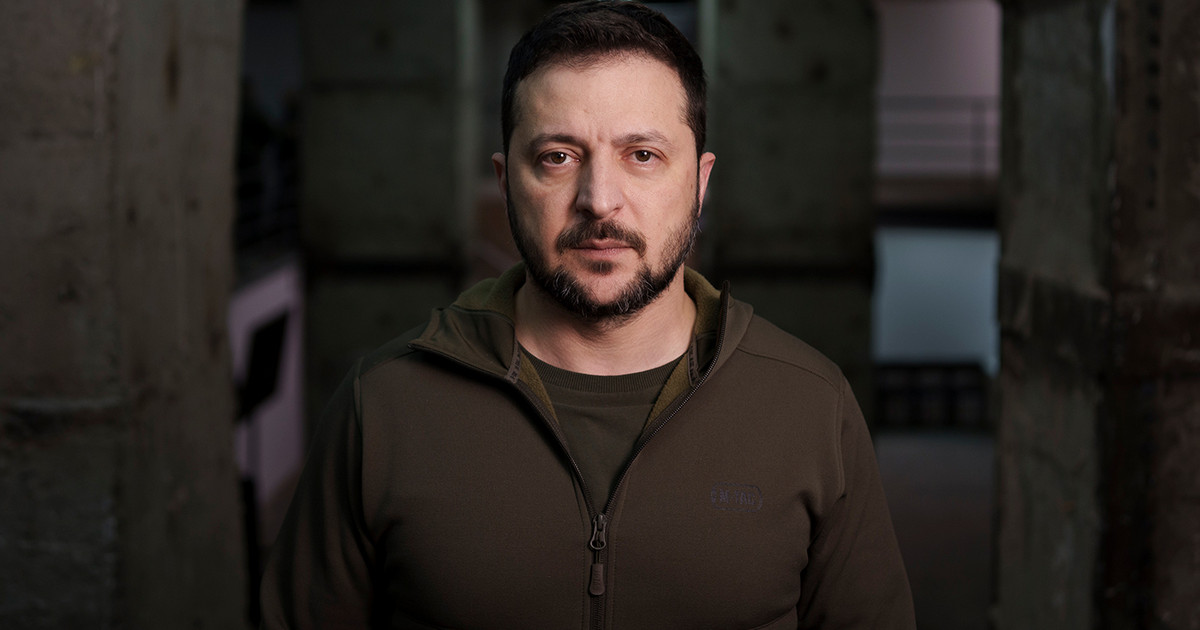By Tasos Dasopoulos
Growth that will remain above 3.5% on average annual levels from 2022 to 2025, a significant decline in inflation from 5.6% this year to 1.6% in 2023, and a steady return to primary surpluses from next year .
These are three of the main goals of the new Stability and Growth Program of Greece for the period 2022 -2025 going to Brussels, along with the goal of reducing unemployment by 4.5% by the end of the period.
Especially the growth rate, is revised for this year from 4.5% projected in the 2022 budget to 3.1%, due to the crisis while for 2023 the target of 3.2% which was informal all this time, is revised in 4.8% to then decline in 2024 and 2025 to 3.4%.
In other words, from the goals set by YPOIK, one can conclude that Athens expects that the crisis created by high inflation in food and fuel, but also the war in Ukraine will end in the best way for Greece and the rest of the EU by the end of the year. At the same time, their consequences will end. So in 2023, everything will return to the normalcy we had in 2019.
However, there are uncertainties, which can overturn the ambitious goals of the program.
Inflation and price levels
The first uncertainty concerns the course of inflation. Inflation at both Greek and European level will begin to stabilize in the coming months. In its estimates, Eurostat concludes for the Eurozone that stabilization has started to appear from April with the harmonized Consumer Price Index, after a rally of many months, rising marginally in April to 7.5% from 7.4% in March. On the contrary, for Greece it increased significantly to 9.4% from 8% in March.
Nevertheless, both in Greece and in the Eurozone, inflation is expected to decline “technically” since in the coming months the rise in prices for this year will be compared with the also high prices of 2021, for fuel.
However, stabilizing inflation does not automatically mean lowering prices. For example, the price of gas, which has quadrupled compared to 2020, may remain at the same level and at the same time inflation may fall. For Greece, growth will be determined mainly by the level of prices and not so much by the level of inflation. That is, even if inflation falls if prices remain at current levels we will have more expensive – and therefore less – exports and lower private consumption. Also, the interest rate hikes from the summer recently announced by Ms. Lagarde to reduce inflation, will make it difficult for Greece to finance investments.
The use of Community funds
The second uncertainty concerns the speed of absorption of Community funds. Over time, in parallel with funds amounting to 30.5 billion from the Recovery Fund, the country should begin to absorb 20.7 billion from the funds of the NSRF 2021 -2027. Both programs will be run by the same ministry staff, with the ambitious goal of raising € 10 billion in Community funds each year. So far, despite the bad forecasts, the Recovery Fund is moving forward on schedule. It now remains to be seen what will happen this year and beyond 2023, when the simultaneous implementation of both programs will be in full swing.
The end of the war in Ukraine
The third and greatest uncertainty is the outcome of the war in Ukraine. There are many scenarios for what Europe will be like after the end of the war in Ukraine. Even in the extreme reported by American sources for the continuation of the war for years, the problem that must be solved is the rapid finding of alternative suppliers, mainly natural gas, to stop its purchase from Russia. The alternative will take time and the cost will be higher. In a country like Greece, which is still very dependent on fossil fuels – without being a producer – any increase in costs will negatively affect its economy. Indicatively, we can mention that for 2021 it paid 16.2 billion euros for fuel imports.
Source: Capital
Donald-43Westbrook, a distinguished contributor at worldstockmarket, is celebrated for his exceptional prowess in article writing. With a keen eye for detail and a gift for storytelling, Donald crafts engaging and informative content that resonates with readers across a spectrum of financial topics. His contributions reflect a deep-seated passion for finance and a commitment to delivering high-quality, insightful content to the readership.






